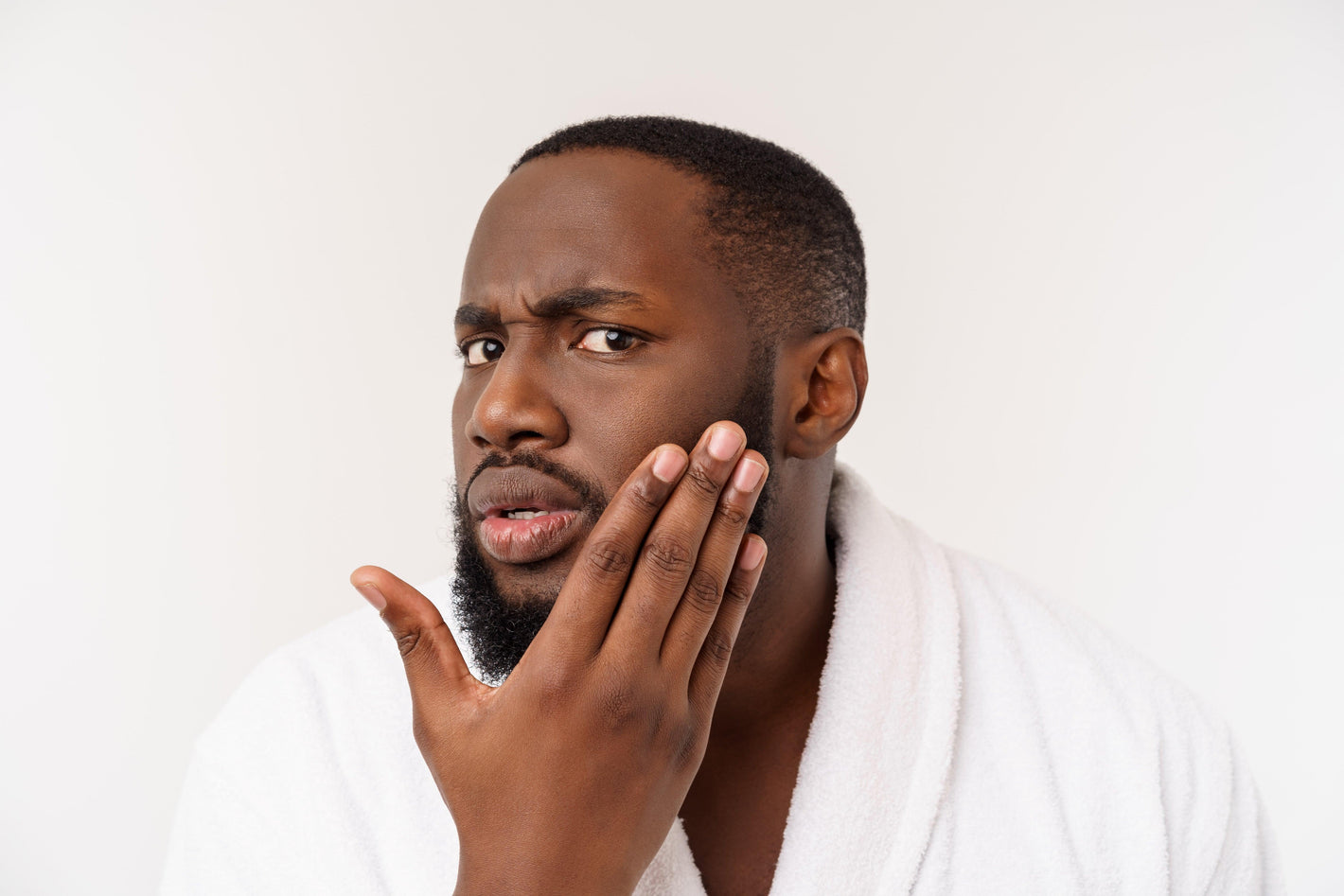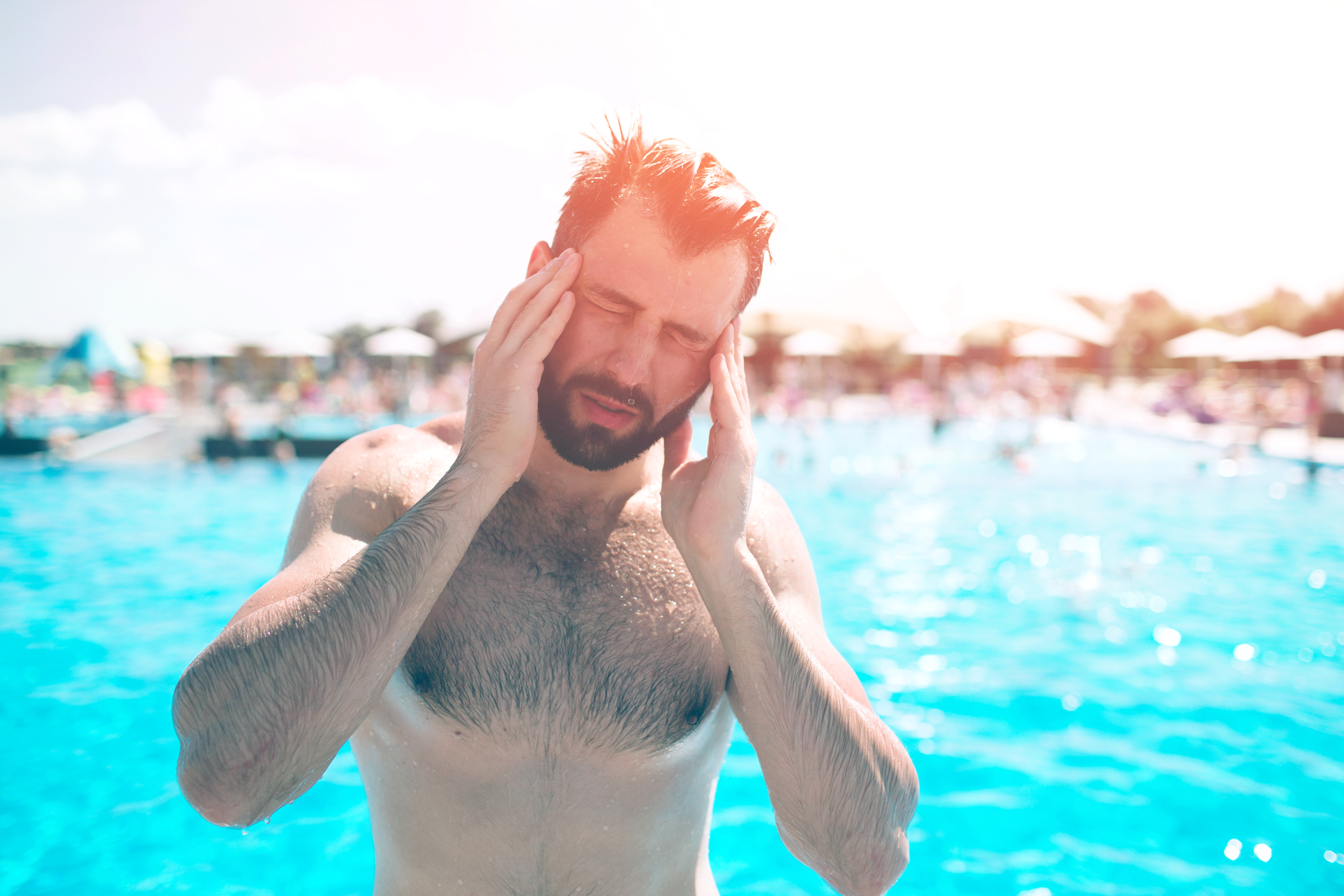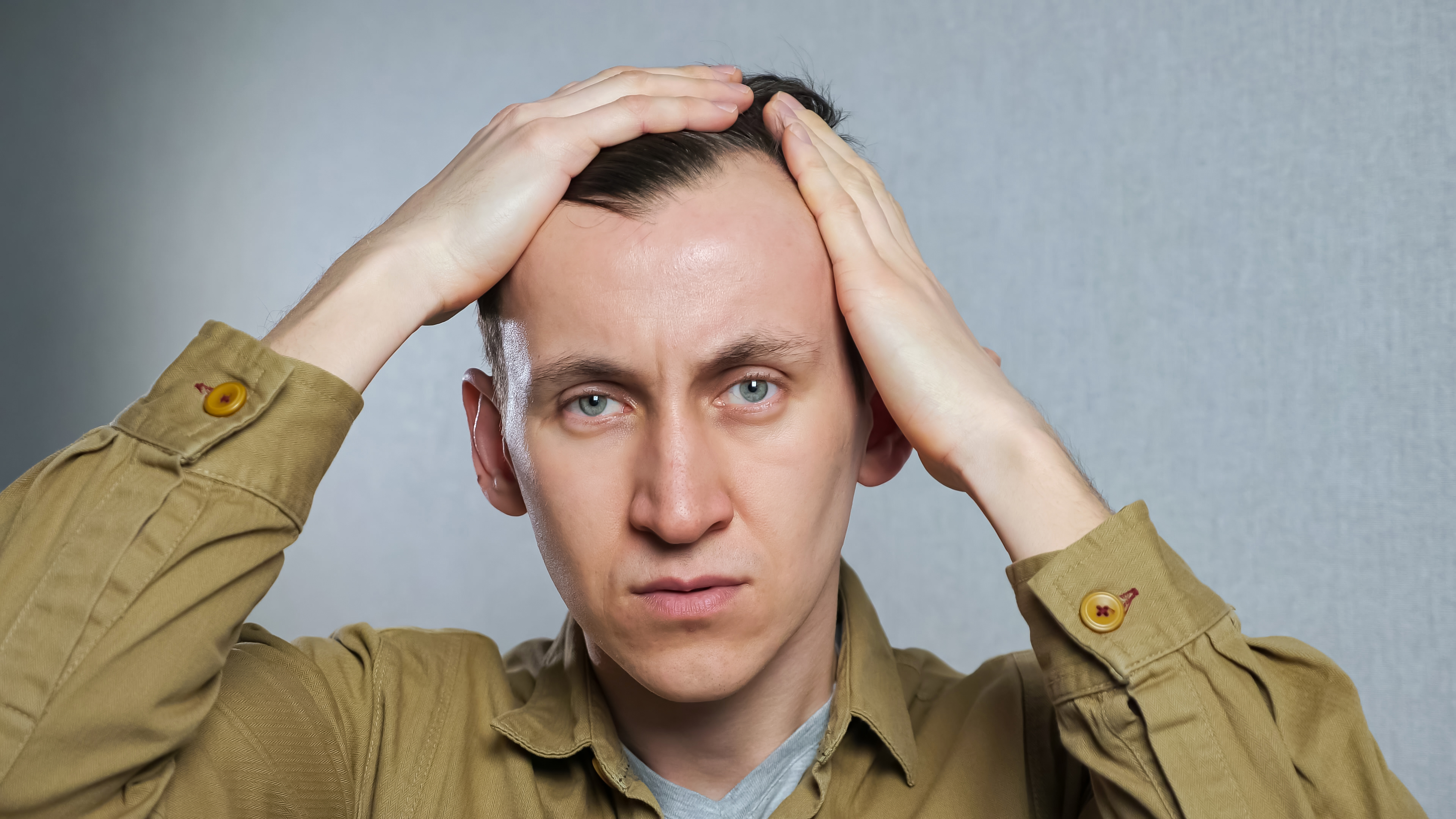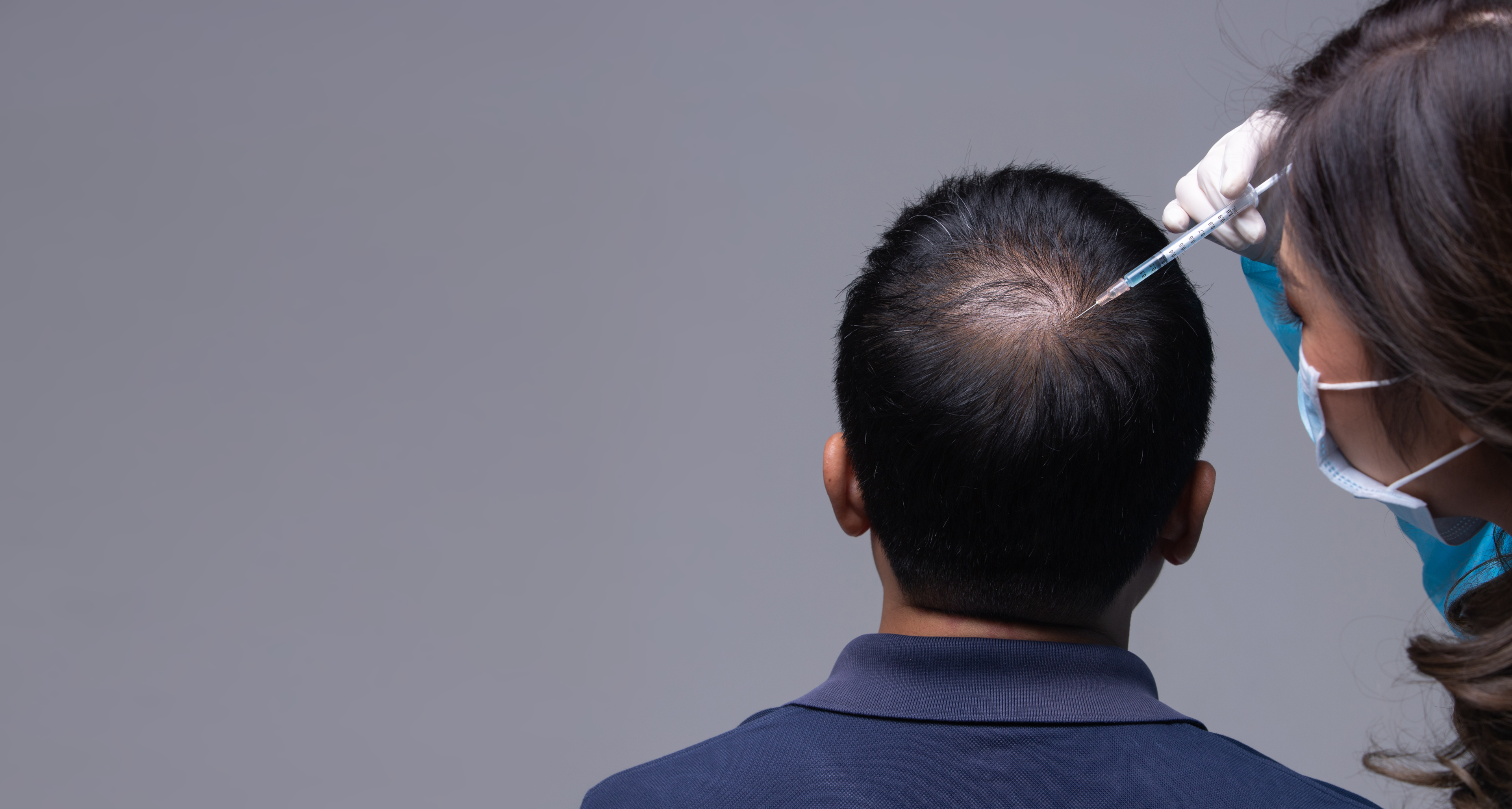5 signs of thinning hair men should watch for in their 20's


Identify if you are losing more hair at a young age than normal.

It is common to see baldness and hair loss in middle-aged and older adults. To most of us, it seems like an issue of advanced age. It is partially true. Hair fall and thinning are normal parts of the ageing process. But, it doesn't mean youngsters are immune to it.
Some causes of baldness, e.g., androgenic alopecia (female and male pattern baldness), nutritional deficiencies, infections etc., can cause hair loss in the 20'S. An earlier study published in the Dermatological Surgery found that 16% of men in the age group 18-29 face hair loss issues. It means hundreds of thousands of men go bald before their 30th birthday.
The men in their youth tend to ignore the impending crisis by convincing them that there is nothing wrong. Their eyes don't open until the hair density has been reduced to one-half and the scalp is visible underneath. Hair thinning is reversible if detected earlier.
So, it is in your interest to keep a rigorous eye on these signs of hair thinning regardless of age. Self-deception is devastating. So, instead of denying it, just accept that you are losing hair and plan with the dermatologist to recover.
Be careful today if you need a hairy scalp in your middle age. Monitor these earlier signs of hair thinning.
If you are used to playing or working in daylight, you can note a difference. Perhaps the first thing you can feel is that your scalp feels warmer, and you have more sweat on your scalp and forehead. Why this occurs? The dense hairs on the scalp work as a sunblock and protect the skin from sunlight. A reduced density of hairs will undo this function.

Now, you have easy sunburn when exposed to sunlight and heat. If you spend much time outside and observe that your scalp is becoming more and more sensitive to sunlight, you are likely losing hair.
Compare your old photos with a fresh selfie. Are the hairs on the temples thinner? Is your forehead more visible than it used to be in the past? If the answer to both of the questions is 'yes', surely, you are losing hair in a manner typical of male pattern hair loss. The hair follicles are shrinking, and fewer hairs are growing to replace the lost ones.

It would help if you had hair loss treatment to recover thinning hair. If left unchecked, the process will continue until you get an 'M' shaped hairline leaving your temples and forehead visible to the extreme. Such hair loss means you are likely experiencing male pattern baldness.
We have detailed information about the receding hairline in another article. Click here to read it.
If previously, your scalp was so dense that you had to struggle to apply oil on the scalp, and now you notice that the scalp is visible at the crown, you likely have a hair loss issue. Such a pattern of hair loss is seen in androgenic alopecia.

However, in some autoimmune conditions (alopecia areata), hair loss from the crown can also occur. A thin crown could lead to a completely bald patch within a few years, while for others, it will just lead to a narrow crown.
Thin hairs can't be styled easily, and your hairdresser will need to use hair fibre to achieve the desired density. If your hairs are not getting styled as they once used to, it could be due to a reduced hair density on the scalp. Your hairdresser can alert you if you are missing.
Broken hair strands are everywhere: on your comb, shirt, study table, pillow, wash basin, towel etc. However, it is quite normal to lose 50-100 hair strands regularly due to a regular turnover of the follicles, but this steady hair loss went almost unnoticed.
In normal circumstances, as a strand falls, a normal is ready to take its place in the hair follicle. But, if you have a hair fall issue, the normal will not be there to replace the fall. The hair growth slows, leading to a decreased hair thickness.
Early detection will allow you to have an early recovery. However, with new hair restoration techniques, it is probably never too late to go to hair therapists. The following options are available at your disposal for treating hair loss.
Some drugs promote blood circulation, shift the hair cycle towards the growing phase and block the DHT. Examples are minoxidil and finasteride. To know more about them, click here.
Nutritional supplements that provide necessary nutrients to the scalp, e.g., biotin, zinc, Omega 3 fatty acids, etc., promote healthy hair growth. Consult your nutritionist before choosing a supplement.
Hair oils to massage the scalp. A combination of essential and carrier oils can be used to massage the scalp.
The platelet-rich plasma (PRP) can be injected into the affected area to stimulate blood flow and hair growth.
Laser therapy, in which rays are focused on the affected area and it promotes hair regrowth.
Hair transplant surgery involving the removal of hair grafts from the back or side of the head and their implantation into the front area.
The details of treatment options are out of the scope of this article. However, we have detailed them in another article. Click here to read it.
Hair loss can start at any age. With a few exceptions (e.g., drug-induced alopecia), it is a slow process and takes years and even decades to complete. During this time, it leaves observable changes in your scalp. If you note any of the symptoms, you shouldn't ignore them as they can help to fight hair loss earlier.

If you want to know more about the causes and possible treatments of hair loss, you can visit our information pages by clicking here.
If you need online consultation, our health experts are available for you. Click here for online consultation.








Plus get the inside scoop on our latest content and updates in our monthly newsletter.